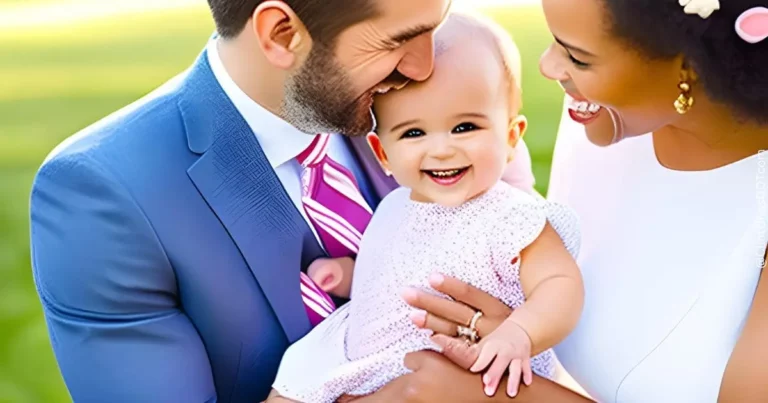As Easter approaches, people around the world get ready to celebrate the holiday in their own unique ways.
While the core Christian beliefs behind Easter remain the same, the traditions and customs associated with the holiday vary widely from country to country.
In this article, I will take you on a journey around the world to explore the many Easter traditions that exist, from bunnies to bonfires.
Our inspiration to write this piece was born out of the massive feedback with got after publishing “My First Easter Outfit: 10 Adorable Ideas for the Family and Hop into Spring with These Egg-cellent Easter Nail Designs.
We appreciate your support! Let’s get started!
| Key Takeaways |
|---|
| Easter is a Christian holiday celebrating the resurrection of Jesus Christ from the dead. |
| It is observed on the first Sunday following the first full moon after the vernal equinox. |
| Easter has its roots in the Jewish festival of Passover. |
| Easter has its own unique traditions and rituals, one of which is the use of Easter eggs. |
| Easter is associated with the renewal of the natural world, making it a time for celebration and reflection. |
| Easter is celebrated in various ways throughout the world. |
| In the United States, Easter is celebrated with egg hunts, parades, and colorful floats. |
| Traditional Easter foods include lamb, pasta, and Easter bread. |
| Common themes among Easter traditions include the decoration of churches and homes with flowers and other symbols of spring, the creation of intricate Easter eggs, and the baking of special Easter breads and cakes. |
| Easter is celebrated by various Christian denominations in different ways. |
| The role of Easter eggs in different Easter traditions varies depending on the denomination. |
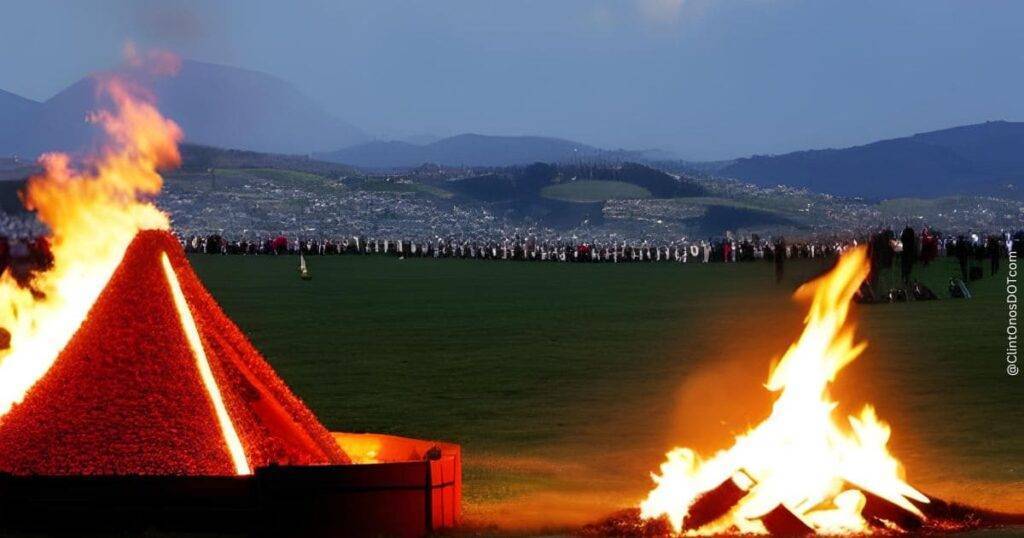
Introduction to Easter Traditions
Easter is a Christian holiday that celebrates the resurrection of Jesus Christ from the dead.
It is observed on the first Sunday following the first full moon after the vernal equinox, which usually falls between March 22 and April 25.
While the religious significance of Easter is universal, the way in which it is celebrated varies greatly from country to country.
The History of Easter Around the world and its Traditions
Easter is a Christian holiday that celebrates the resurrection of Jesus Christ. The holiday has its roots in the Jewish festival of Passover, which celebrates the Israelites’ liberation from slavery in Egypt.
In the early Christian church, Easter was celebrated as a commemoration of Jesus’ resurrection and was linked to the Jewish festival of Passover. Over time, Easter developed its own unique traditions and rituals.
One of the most recognizable Easter traditions is the use of the Easter egg, which has been a symbol of new life and rebirth since ancient times.
Another popular Easter tradition is the Easter bunny, which is said to bring Easter eggs to children.
Easter has also been associated with the spring equinox and the renewal of the natural world, making it a time for celebration and reflection.
To learn more about the history and traditions of Easter, check out the following resources:
Easter Traditions in Europe
Europe is home to some of the oldest and most traditional Easter celebrations in the world.
In Greece, for example, the Easter season begins with a period of fasting and reflection called Lent.
On Good Friday, the Greek Orthodox Church holds a procession of the Epitaphios, a cloth that depicts the body of Christ.
On Easter Sunday, families gather to celebrate with a feast of lamb or goat and a special bread called tsoureki.
In Italy, Easter is celebrated with elaborate processions and feasts.
In Sicily, for example, the town of Enna holds a procession known as the “Mysteries,” which features 20 floats depicting scenes from the Passion of Christ.
In Rome, the Pope presides over a special Mass at St. Peter’s Basilica, followed by the Urbi et Orbi blessing from the balcony of the Vatican.
Easter Traditions in North America
In North America, Easter is celebrated with a mix of religious and secular traditions.
Many families attend church services on Easter Sunday, followed by a special meal with family and friends.
Easter egg hunts are a popular activity for children, who search for candy-filled eggs hidden by the Easter Bunny.
In Mexico and other Latin American countries, Easter is celebrated with a mix of Catholic and indigenous traditions.
In Guatemala, for example, families create intricate carpets made of flowers and sawdust on the streets for the procession of the Holy Week.
In Mexico, the Semana Santa (Holy Week) is marked with processions, reenactments of the crucifixion, and the decoration of churches with flowers and candles.
Easter Traditions in South America
South America has a rich mix of Catholic and indigenous traditions that inform the way Easter is celebrated in the region.
In Brazil, for example, the week leading up to Easter is known as Semana Santa and is marked with processions, reenactments of the crucifixion, and the decoration of churches with flowers and candles.
After Easter Sunday Mass, families gather for a feast of traditional Brazilian foods like bacalhau (salt cod) and feijoada (a stew made with beans and pork).
In Peru, the Easter season begins with the Procession of the Señor de los Milagros (Lord of Miracles), a religious event that draws hundreds of thousands of people to the streets of Lima.
In Ecuador, the town of Guaranda hosts a carnival-like celebration called the Fiesta de las Flores y las Frutas (Festival of Flowers and Fruits) to mark the arrival of spring and the Easter season.
Easter Traditions in Africa
In many African countries, Easter is celebrated with a mix of Christian and indigenous traditions.
In Ethiopia, for example, the Easter season is known as Fasika and is marked with a 55-day fast leading up to Easter Sunday.
On Easter Sunday, families gather for a feast of traditional Ethiopian foods like doro wat (spicy chicken stew) and injera (a sourdough flatbread).
In Nigeria, Easter is celebrated with church services, music, and dance.
In South Africa, the Easter season is marked by the Kaapse Klopse (Cape Minstrels), a colorful parade of performers dressed in bright costumes and carrying musical instruments.
According to some African countries. Easter symbols unity and togetherness.
Easter Traditions in Asia
Asia is home to a diverse array of Easter traditions, reflecting the region’s complex mix of religions and cultures.
In the Philippines, for example, the Easter season is marked by the observance of Holy Week, which includes processions, reenactments of the crucifixion, and the decoration of churches with flowers and candles.
On Easter Sunday, families gather for a special meal of lechon (roast pig) and other traditional Filipino foods.
In India, Easter is celebrated by the country’s small Christian population with church services and family easter gatherings.
In Japan, Easter is not widely celebrated, although some Christian communities hold services and events.
Easter Traditions in Asia and the Middle East
While Easter is primarily a Christian holiday, it is celebrated in various ways throughout Asia and the Middle East.
In some countries, such as the Philippines, Easter is a major holiday and is celebrated with processions, reenactments of the crucifixion, and other religious events.
In other parts of Asia, such as Japan, Easter is not widely celebrated as a religious holiday, but the spring season is still a time for festivals and celebrations of new life and renewal.
In the Middle East, Easter is an important holiday for Christians and is celebrated with traditional foods, such as lamb and pastries, as well as religious services and processions.
To learn more about Easter traditions in Asia and the Middle East, check out the following resources:
- CNN’s article on Easter in the Philippines
- Japan’s Cherry Blossom Festivals
- BBC’s article on Easter in the Middle East
Easter Traditions in Australia and New Zealand
In Australia and New Zealand, Easter is celebrated with a mix of religious and secular traditions.
Many families attend church services on Easter Sunday, followed by a special meal with family and friends.
Easter egg hunts are a popular activity for children, who search for candy-filled eggs hidden by the Easter Bunny.
In New Zealand, the Easter season is marked by the Royal Easter Show, a celebration of agriculture and rural life that includes animal shows, carnival rides, and food stalls.
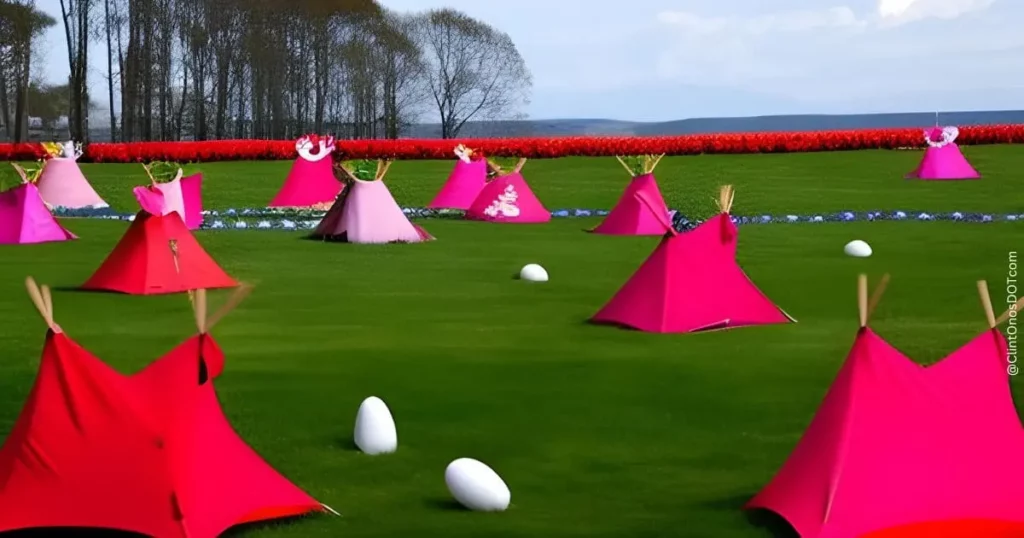
Easter Traditions in Different Regions of the United States
While Easter is celebrated worldwide, the United States is a unique melting pot of cultures that has given rise to many regional Easter traditions.
From egg hunts to parades, different regions of the country celebrate the holiday in their own special way.
In the South, for example, many people dye their Easter eggs in bright, bold colors and then hide them for the children to find on Easter morning.
In New Orleans, Mardi Gras and Easter often collide, resulting in a unique blend of celebration that includes parades, jazz music, and colorful floats.
In the Midwest, Easter traditions often revolve around food. One popular dish is ham, which is usually served alongside deviled eggs and potato salad.
In some regions, lamb is the preferred meat. Additionally, many towns hold Easter egg hunts and other events for children, such as face painting and petting zoos.
In the Northeast, Easter is often marked by religious processions and services.
In New York City, for example, many churches hold “stations of the cross” processions, in which participants visit 14 different stations that represent the events leading up to Jesus’ crucifixion.
In other parts of the Northeast, Easter egg hunts and Easter bunny sightings are more common.
In the West, Easter traditions can vary widely depending on the region.
In California, for example, many people celebrate the holiday by heading to the beach, while in Colorado, skiing and other winter sports are often enjoyed during the long Easter weekend.
No matter where you are in the United States, however, Easter is a time for family, friends, and celebration.
Many people attend church services or gather together for a special Easter meal.
The holiday also offers a chance to indulge in sweet treats like chocolate bunnies and marshmallow Peeps.
If you’re interested in learning more about regional Easter traditions in the United States, check out this article from Country Living, which explores some of the unique ways that different states celebrate the holiday.
The Commercialization of Easter in the Modern World
Like many holidays, Easter has become increasingly commercialized in recent years.
In the United States and other countries, Easter-themed candy, decorations, and other products are readily available in stores well before the holiday arrives.
While some people see the commercialization of Easter as a negative trend, others argue that it simply reflects the changing nature of modern society.
As the world becomes more interconnected and people become more focused on consumerism, holidays like Easter are bound to become more commercialized.
Critics of the commercialization of Easter argue that it detracts from the holiday’s true meaning, which is supposed to be about spiritual renewal and reflection.
Others worry that the emphasis on buying things and consuming candy and other treats takes away from the importance of spending time with family and loved ones.
Despite these concerns, however, Easter remains an important holiday for many people around the world.
Whether you celebrate with traditional religious services or secular activities like egg hunts and parades, the holiday is a chance to come together with others and mark the arrival of spring.
To learn more about the commercialization of Easter and its impact on society, check out this article from the Huffington Post, which explores some of the pros and cons of this trend.
Traditional Foods Eaten During Easter Celebrations
Like many holidays, Easter is associated with specific foods and dishes that are enjoyed during the celebration.
In many Christian cultures, lamb is a traditional Easter dish, symbolizing the sacrifice of Jesus on the cross.
Other common Easter foods include hot cross buns, which are sweet bread rolls with a cross on top, and Easter eggs, which can be eaten on their own or used in baking and other recipes.
In Italy, Easter is celebrated with a large feast that includes lamb, pasta, and traditional Easter breads such as Colomba di Pasqua. In Greece, Easter is celebrated with a special Easter soup called Magiritsa, made with lamb liver, onions, and greens.
To learn more about traditional Easter foods, check out the following resources:
- Easter recipes from Food Network
- Traditional Easter dishes from around the world
- Italian Easter foods
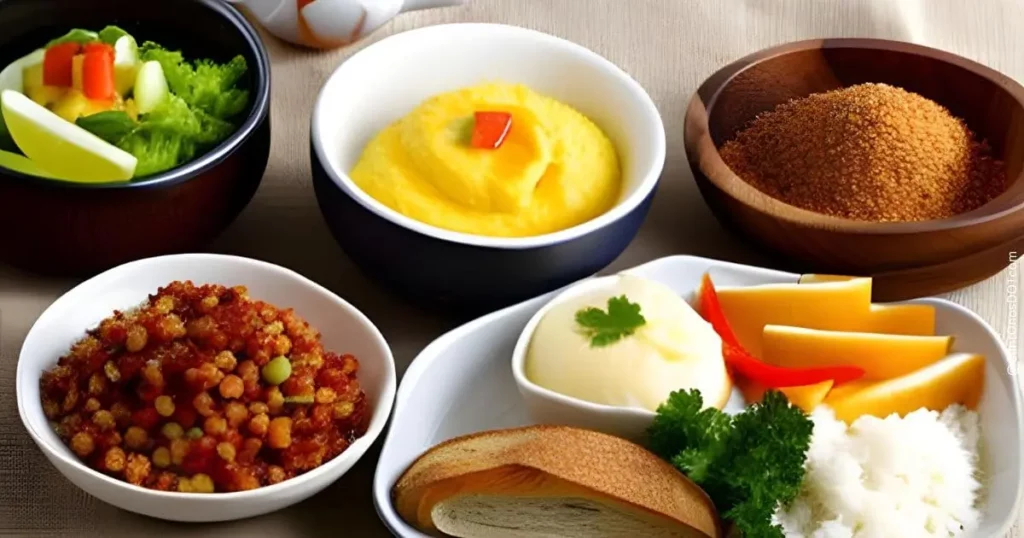
Common Themes Among Easter Traditions
Despite the wide variety of Easter traditions that exist around the world, there are some common themes that unite them.
For example, many Easter celebrations involve the decoration of churches and homes with flowers and other symbols of spring.
Easter eggs, which represent new life and rebirth, are a common feature of many Easter celebrations.
Bonfires and Other Easter Traditions
One tradition that is particularly popular in some parts of Europe is the Easter bonfire.
In countries like Germany and Denmark, huge bonfires are lit on Easter Sunday or Easter Monday to mark the end of Lent and the arrival of spring.
In Sweden, families gather to light candles and sing songs on Holy Saturday.
Other Easter traditions around the world include the creation of intricate Easter eggs, the baking of special Easter breads and cakes, and the exchange of gifts and cards.
In some countries, it is traditional to wear new clothes on Easter Sunday as a sign of renewal and rebirth.
How Easter is Celebrated in Different Christian Denominations
Easter is celebrated by various Christian denominations in different ways, although there are some similarities.
For example, all Christian denominations believe that Easter marks the resurrection of Jesus Christ.
However, the specific practices and customs associated with Easter can vary greatly depending on the denomination.
For example, in the Catholic Church, Easter is a holy week that begins on Palm Sunday and culminates on Easter Sunday.
This period involves special masses, including the Way of the Cross on Good Friday, which commemorates the crucifixion of Jesus.
In the Eastern Orthodox Church, Easter is also a holy week, but it is celebrated later than in the Catholic Church due to the use of a different calendar.
The Orthodox Church also has unique traditions, such as the blessing of baskets filled with Easter foods.
Other Christian denominations, such as Protestant churches, celebrate Easter Sunday as the main event, often with special services or sunrise services.
Some denominations, like the Seventh-day Adventist Church, do not celebrate Easter at all, believing that the resurrection of Jesus should be remembered every day, rather than on a specific day.
The Role of Easter Eggs in Different Easter Traditions
Easter eggs are a common symbol of Easter, but their meaning and use vary across different cultures and traditions.
In many Western cultures, Easter eggs are decorated and given as gifts to children or hidden for them to find in Easter egg hunts.
The eggs symbolize new life and rebirth, as well as the tomb in which Jesus was buried before his resurrection.
In Orthodox Christian traditions, eggs are often dyed red to represent the blood of Christ, and are blessed during special services.
The eggs are then distributed to parishioners, who share them with their families and friends.
In other cultures, like in Greece and some parts of Eastern Europe, painted eggs are cracked against each other in a game, with the winner being the one with the unbroken egg.
Unique Easter Traditions Around the World
While many Easter traditions are widely celebrated, there are some unique customs that are specific to certain countries or regions.
For example, in Finland, people light bonfires on Holy Saturday to ward off witches and evil spirits.
In Norway, it is common to read crime novels during Easter, with publishers releasing new books in time for the holiday.
In Bermuda, people fly homemade kites on Good Friday to symbolize Christ’s ascension into heaven.
In Poland, a unique tradition involves the creation of intricate Easter eggs called pisanki.
These eggs are made using a wax-resist technique, where patterns are drawn on the egg with wax and then the egg is dyed.
The wax is then removed to reveal the design.
In Ethiopia, the Easter celebration, called Fasika, involves a special overnight service, where people dress in white and participate in a procession around the church.
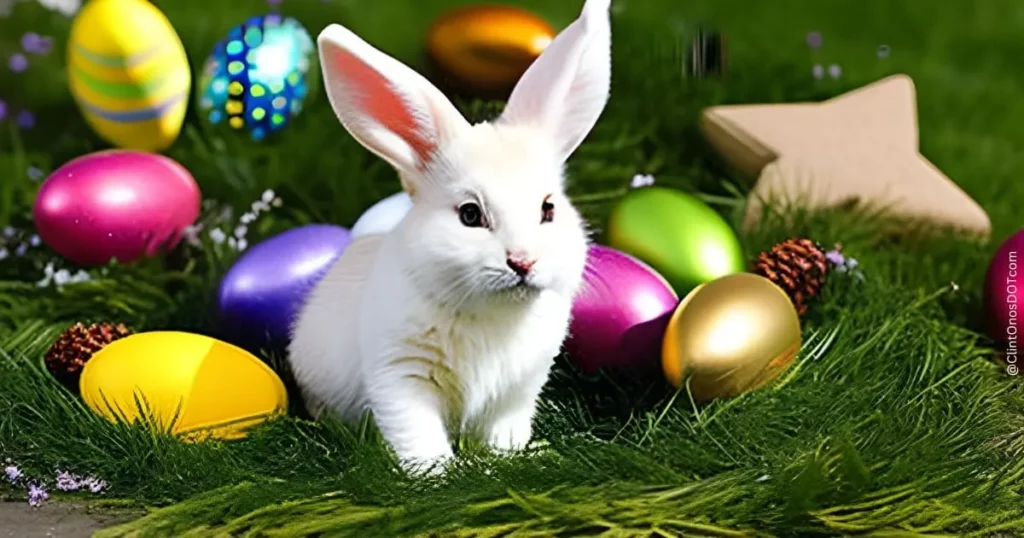
Easter Traditions and Their Connection to Pagan Celebrations
The origins of some Easter traditions can be traced back to pre-Christian pagan celebrations. For example, the name “Easter” is believed to come from the pagan goddess Eostre, whose festival was celebrated during the spring equinox.
The Easter bunny, another popular symbol of Easter, is thought to have originated from Germanic pagan fertility rituals.
Similarly, the tradition of decorating eggs dates back to ancient pagan cultures, who saw eggs as a symbol of new life and rebirth.
When Christianity spread, many of these pagan traditions were adapted and incorporated into Christian celebrations, like Easter.
While the religious significance of Easter is paramount for Christians, these pagan roots have influenced some of the customs and symbols of the holiday that are still observed today.
Easter Traditions: Connecting Generations Through Timeless Celebrations
As we have seen, Easter is a holiday that is celebrated in many different ways around the world.
From the elaborate processions and feasts of Europe to the colorful parades and festivals of South America, each country has its own unique take on this important holiday.
Whether you are celebrating with family and friends or attending church services, Easter is a time to reflect on the meaning of renewal and new beginnings.
We hope this carefully written piece was able to answer your burning questions about easter traditions around the world, easter around the world, how to celebrate easter, what to do on easter, easter symbols, what countries celebrate easter, family easter, is easter celebrated around the world, etc.
If you are interested in learning more about Easter traditions around the world, why not plan a trip to one of these countries and experience the celebrations for yourself?

